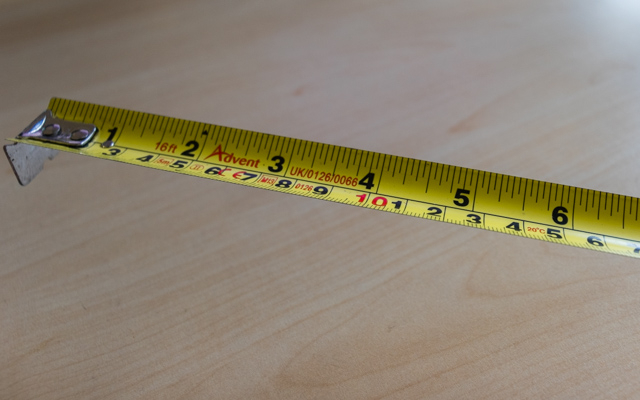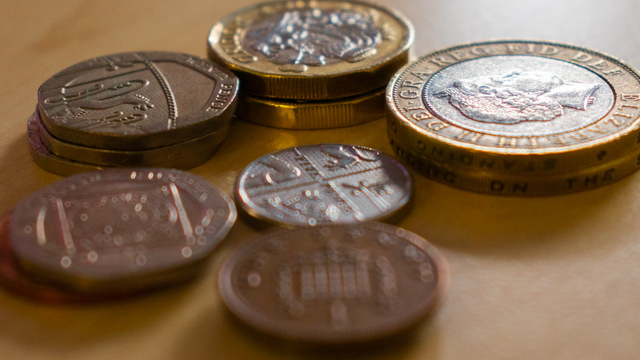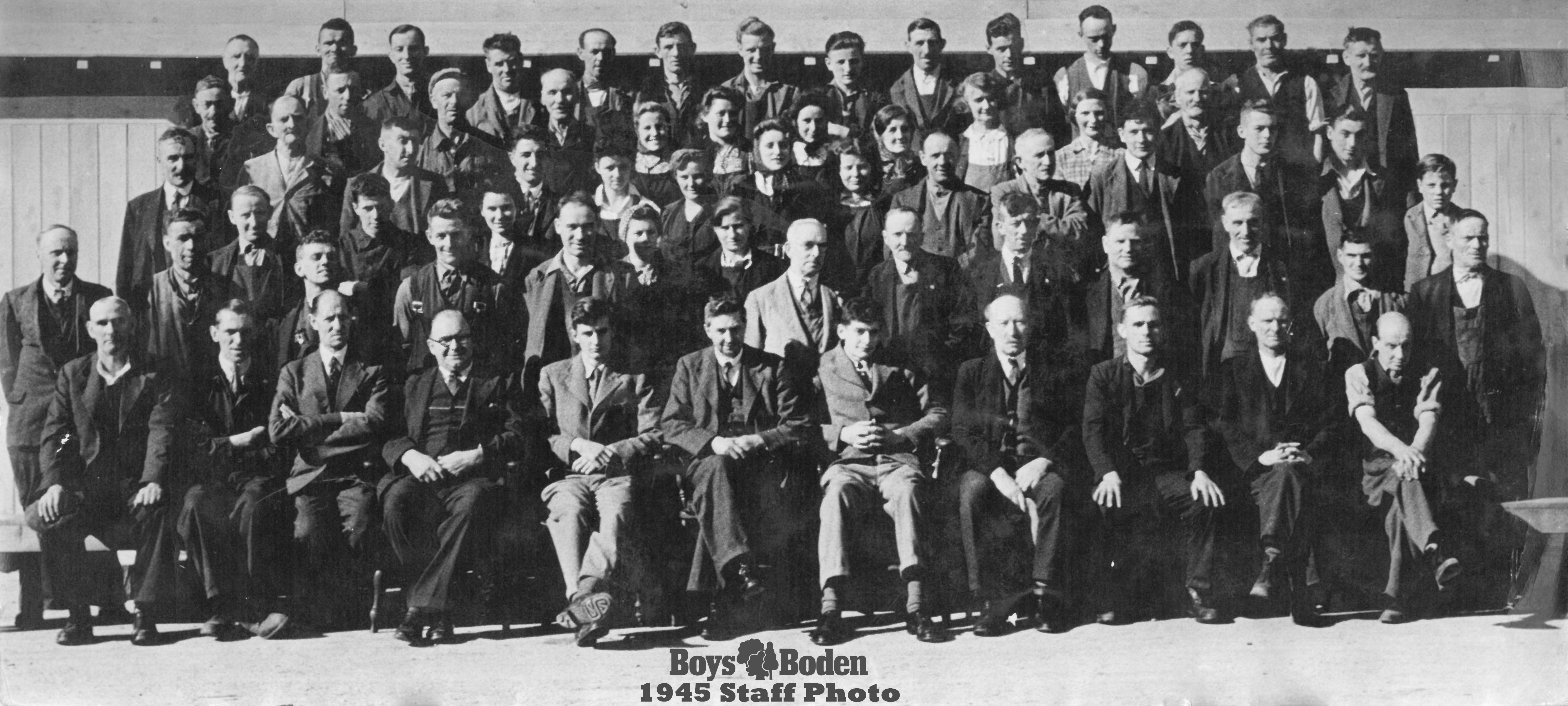Research Your DIY ProjectThe first step to any DIY project is knowing what you want accomplished. It may be that something in your home is faulty and needs fixing, or you could be looking to add something new to a space. If you are in search of inspiration, Pinterest is full of great DIY ideas and projects. Though if you need expert advice, ultimately it will always be better to speak to someone who knows their stuff. You may believe that large national DIY stores are the way to go, but the better option would be a builders’ merchant like Boys & Boden. Builders’ merchants are dedicated to providing materials and tools for tradespeople, but they are also open to the public. You can receive advice from staff, knowledgeable in professional trades, and you can almost guarantee you will be able to find the tools and materials necessary for your project. When deciding on a project, it is also important to know your limits. Working with gas or electricity, for example, should only be approached by qualified professionals. In these cases we recommend looking for a trusted local tradesperson |
|||||
 |
TIP: Write that down. Measurements, shopping lists, schedules, to do, and done lists are all important. Keep a record of them all in one notebook and have it to hand throughout the job. |
||||
Permissions (landlord, planning permission)
It can also be polite to give your neighbours a little notice about any upcoming loud work you have planned. |
|||||
 |
TIP: If you intend to transport materials in your own vehicle, take measurements of the interior to be sure you can get everything home. | ||||
|
|
|||||
MeasureA good rule of thumb is to measure everything twice. There aren’t many things worse than getting halfway into a job before realising you bought plywood boards 5mm too short. If any of your measurements were taken with a tape, make sure the tape was straight and flat; a bow can throw off measurements by a considerable amount. Do not be afraid to make pencil marks when measuring. Light lines can easily be removed if you want the surface to remain intact. The lines will help you visualise the finished size of the project, it is also worth using lines to break the job into sections for a methodical approach. |
|||||
 |
TIP: If you are doing anything in an interior corner, it may also be worth checking that the corner is square. This can be done with the Pythagorean equation, (A2 + B2 = C2).Measure the distance from the corner to a point on one wall, this distance is A, multiply it by itself to get A2. Then measure the distance to a point on the other wall leading from the corner. This distance is B, again multiply this by itself for B2. Now measure the straight-line distance between the two points. This distance is C. If (C x C) gives the same number as (A2 + B2), then the corner is square. |
||||
BudgetIf your research was thorough enough, you will know roughly how much everything on your shopping list will cost. It may be that you cannot afford to do the project on the scale you originally intended, though it could also turn out to be far cheaper than you expected, meaning you can add flourishes. Materials and tools are not the only costly thing in DIY. The value of time can often go under appreciated. As DIY is usually attempted by non-professionals, it often takes more time than first anticipated. Be generous when making your work schedule to avoid time crunches. Tools, Equipment and MaterialsHaving a shopping list to hand is vital when purchasing everything you need. Though it is always liable to change. Boys and Boden’s helpful staff may be able to recommend cheaper options, or items you may have forgotten about such as safety goggles. |
|||||
| TIP: Always be safe. If there is recommended safety equipment, use it, and if you are going to do anything with the potential for injury, always tell people what you are going to be doing. Try to have someone around in case things go wrong. | |||||
|
|
|||||
Prepare (Dust Sheets)DIY can be messy, especially when you’re dealing with paints or stains, so always cover anything you want to be protected. It is also important to use the correct cover. Dust sheets for example will keep sawdust out of carpets, but it won’t be very good at stopping anything liquid from soaking through. If you are anticipating any big spills then hardboard could be the way to go with masking tape at the edges. |
|||||
|
|
TIP: Test that. Before staining or painting any surface, test it out on a sample piece or section. They don’t always look how they do in the pictures. | ||||
|
|
|||||
Be methodicalDIY can be a daunting prospect, so like all other tasks in life, break it down into manageable sections. When you were doing your measuring and marking, you may have divided the job in to separate parts. Take these on one by one, completing each to a standard you are content with before moving on to the next. Rushing generally means a rough finish and can result in careless injuries. It is also best to tidy as you go. Wayward extension cords or steps are typical trip hazards that are easily avoided. |
|||||
 |
TIP: Don’t lose things. Tools like to grow legs, stop this from happening with a tool box, bag or belt. Every time you finish with a tool, put it back in its place. | ||||
RelaxWhen it is all done, everything is cleaned away and the last drop of paint is dry; do not forget to sit back and appreciate what you have done. Nothing quite beats this feeling. |
|||||
| TIP: If anything small and metal went missing during the job. Try looking for it with a magnet, if that doesn’t work turn off the lights and use a torch. The directed light makes small objects cast large shadows or reflect it back. | |||||
How to Approach DIY
Wednesday, 23 January 2019 14:05:44 Europe/London
Posted in News
By







